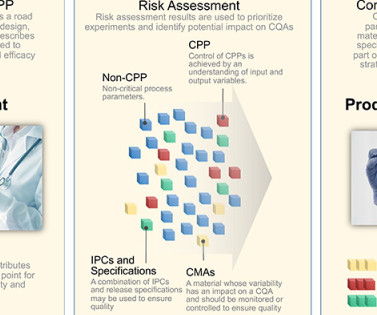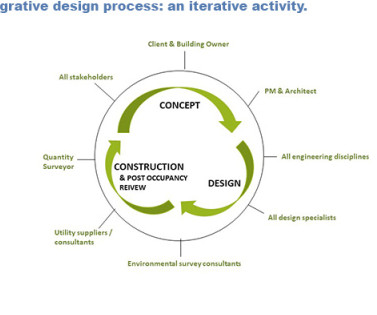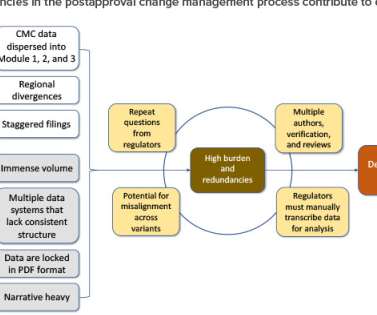Biologics – manufacturing trends in a modern facility
European Pharmaceutical Review
FEBRUARY 12, 2024
These innovative technologies include highly automated, fully digitalised process analytics technologies (PAT) , as well as automated and robotic testing technologies to confirm product quality. The complex and intricate processes involved in upstream and downstream manufacturing are highly refined, he notes.














Let's personalize your content